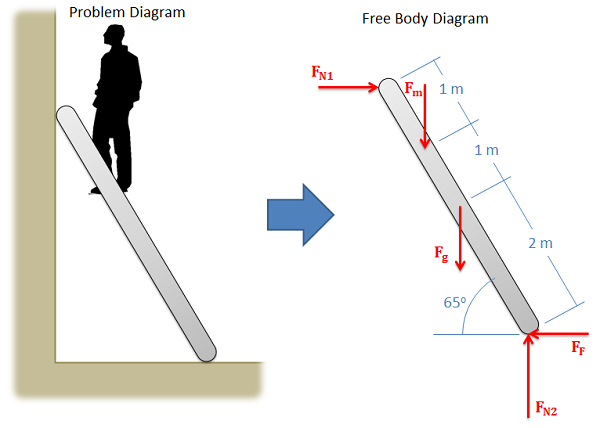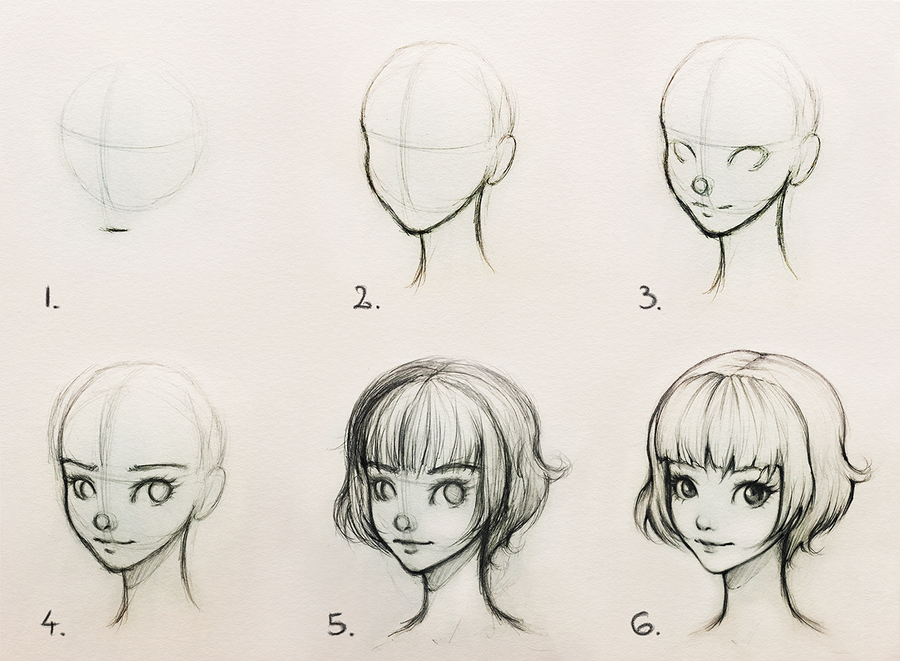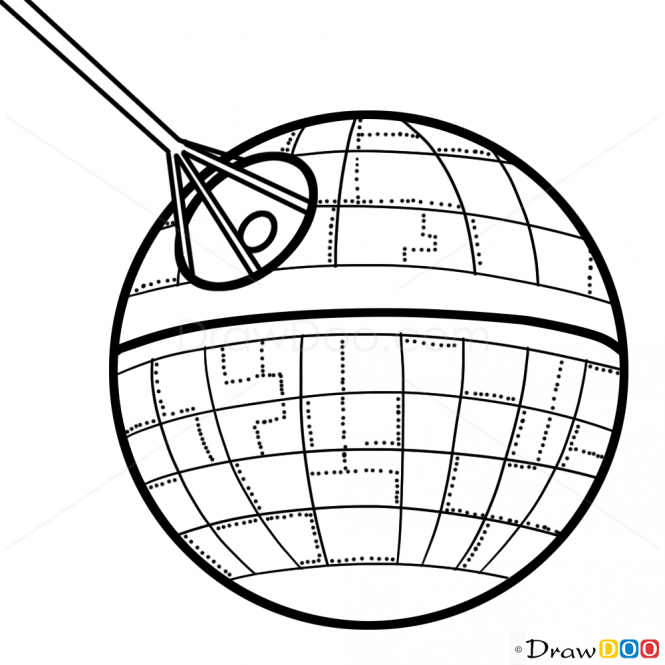Force diagrams example for science class
Table of Contents
Table of Contents
Do you struggle with drawing free body diagrams? Are you lost when it comes to understanding the different forces acting on an object? Don’t worry, you’re not alone. Many students find it difficult to grasp the concept of free body diagrams, but fear not, by the end of this article, you’ll be well-versed in the art of drawing them.
When it comes to understanding how to draw free body diagrams, many students struggle with knowing where to start, what forces to include, and how to represent those forces. It can be overwhelming and confusing, which can lead to frustration and a lack of confidence.
The first step to drawing a free body diagram is to identify the object or system you want to analyze. Then, you need to identify all the forces acting on that object or system. These forces can include gravitational forces, frictional forces, normal forces, applied forces, and tension forces. Once you’ve identified all the forces, you need to represent them using arrows, with the length of the arrow representing the magnitude of the force, and the direction of the arrow representing the direction of the force.
In summary, understanding how to draw free body diagrams involves identifying the object or system you want to analyze, identifying all the forces acting on that object or system, and representing those forces using arrows.
My Personal Experience with Free Body Diagrams
As a physics student, I struggled with free body diagrams. I often found myself getting lost in the different forces and their directions. However, with practice and patience, I eventually mastered the skill of drawing free body diagrams. One tip that helped me was to break the problem down into smaller parts and draw each force one at a time. This made it easier for me to see the bigger picture and understand how the forces were related to each other.
Tips for Drawing Free Body Diagrams
If you’re struggling with drawing free body diagrams, here are a few tips that might help:
1. Identify the object in question
Make sure you know what object you are analyzing before you begin. This will help you identify all the forces acting on that object.
2. Identify all the forces acting on the object
Make a list of all the forces that are acting on the object. This can include gravitational forces, frictional forces, normal forces, applied forces, and tension forces.
How to Draw Free Body Diagrams
Once you have identified all of the forces acting on the object, it’s time to start drawing. Here’s a step-by-step guide:
Step 1: Draw the Object
Draw a simple outline of the object that you want to analyze. This will help you visualize the forces acting on it.
Step 2: Identify the Forces
Draw an arrow to represent each force acting on the object. The length of the arrow should represent the magnitude of the force, and the direction of the arrow should represent the direction of the force.
Step 3: Label the Forces
Label each arrow with the name of the force that it represents. This will help you keep track of which force is which.
Common Mistakes to Avoid When Drawing Free Body Diagrams
When drawing free body diagrams, there are a few common mistakes that students often make. Here are some things to avoid:
1. Forgetting to Include a Force
Make sure you include all the forces acting on the object. Forgetting to include a force can greatly affect your analysis and calculations.
2. Incorrectly Representing a Force
Make sure you represent each force correctly. The length of the arrow should represent the magnitude of the force, and the direction of the arrow should represent the direction of the force.
Question and Answer
Q: When drawing free body diagrams, can you include forces that are not acting on the object?
A: No, you should only include the forces that are acting on the object being analyzed.
Q: How do you know which direction to draw the arrows for each force?
A: The direction of the arrow should be in the direction of the force. For example, if the force is pushing an object to the left, the arrow should be pointing to the left.
Q: Can you use different colors for different forces?
A: Yes, using different colors can help you differentiate between the different forces and make your diagram easier to read.
Q: When drawing free body diagrams, do you need to include the weight of the object?
A: Yes, you should always include the weight of the object in your free body diagram.
Conclusion of How to Draw Free Body Diagrams
In conclusion, drawing free body diagrams can be a challenging concept to grasp, but with practice and patience, anyone can master it. Remember to identify the object in question, identify all the forces acting on the object, and represent those forces using arrows. Avoid common mistakes such as forgetting to include a force or incorrectly representing a force. By following these tips and guidelines, you’ll be well on your way to becoming a free body diagram master.
Gallery
How To Draw Good Free Body Diagrams (FBDs) - YouTube

Photo Credit by: bing.com / body draw diagrams fbds good
Lesson Video: Free-Body Diagrams | Nagwa

Photo Credit by: bing.com /
How To Draw A Free Body Diagram - Cr8bydesigns

Photo Credit by: bing.com / sled below clipartart components labeled hoist diagrama trineo
Force Diagrams Example For Science Class | Body Diagram, Diagram Design

Photo Credit by: bing.com / diagrams forces inclinado deduce maquinas quizizz simples draw 101diagrams freebody
Mechanics Map - Bodies And Free Body Diagrams

Photo Credit by: bing.com / friction assuming libretexts





